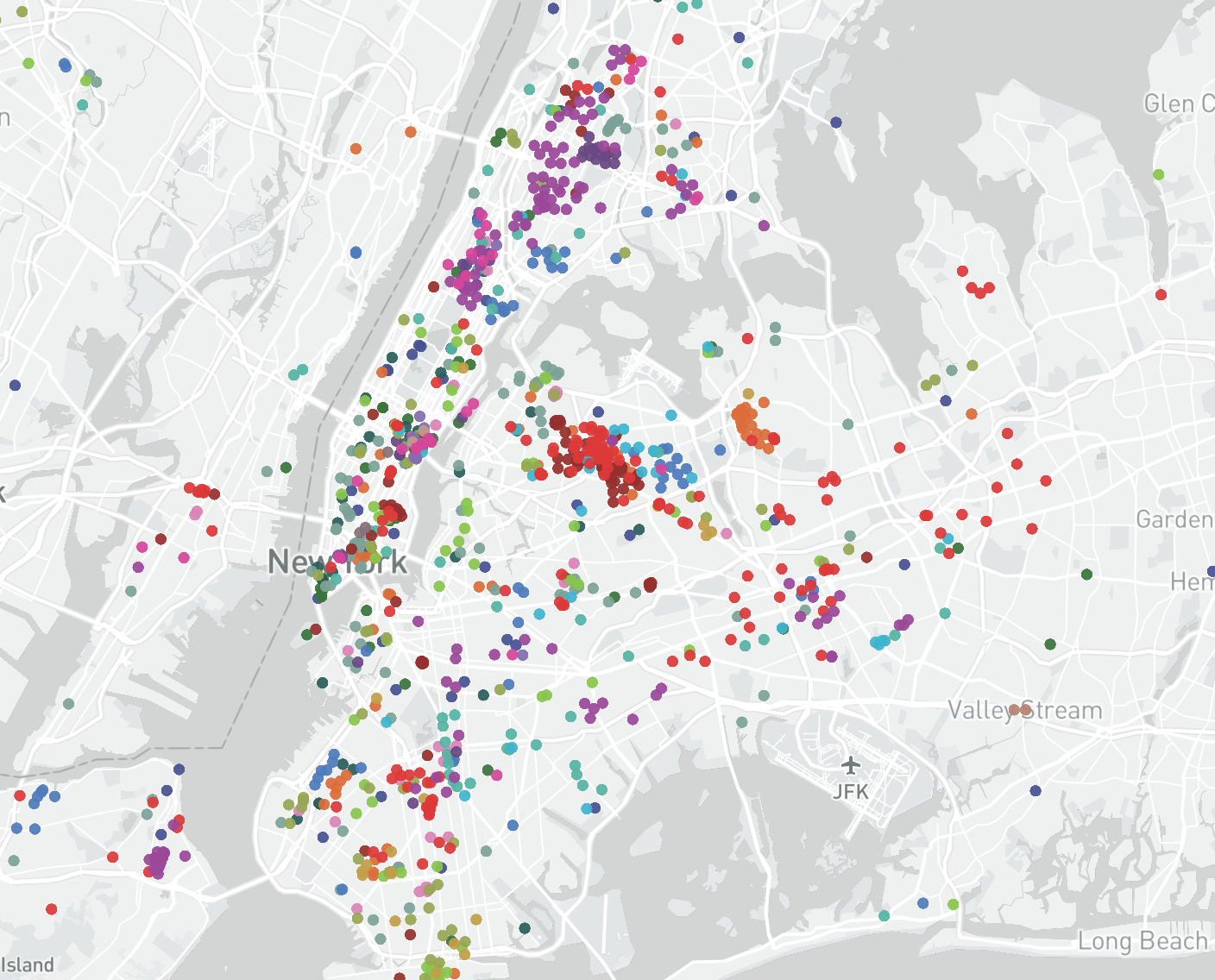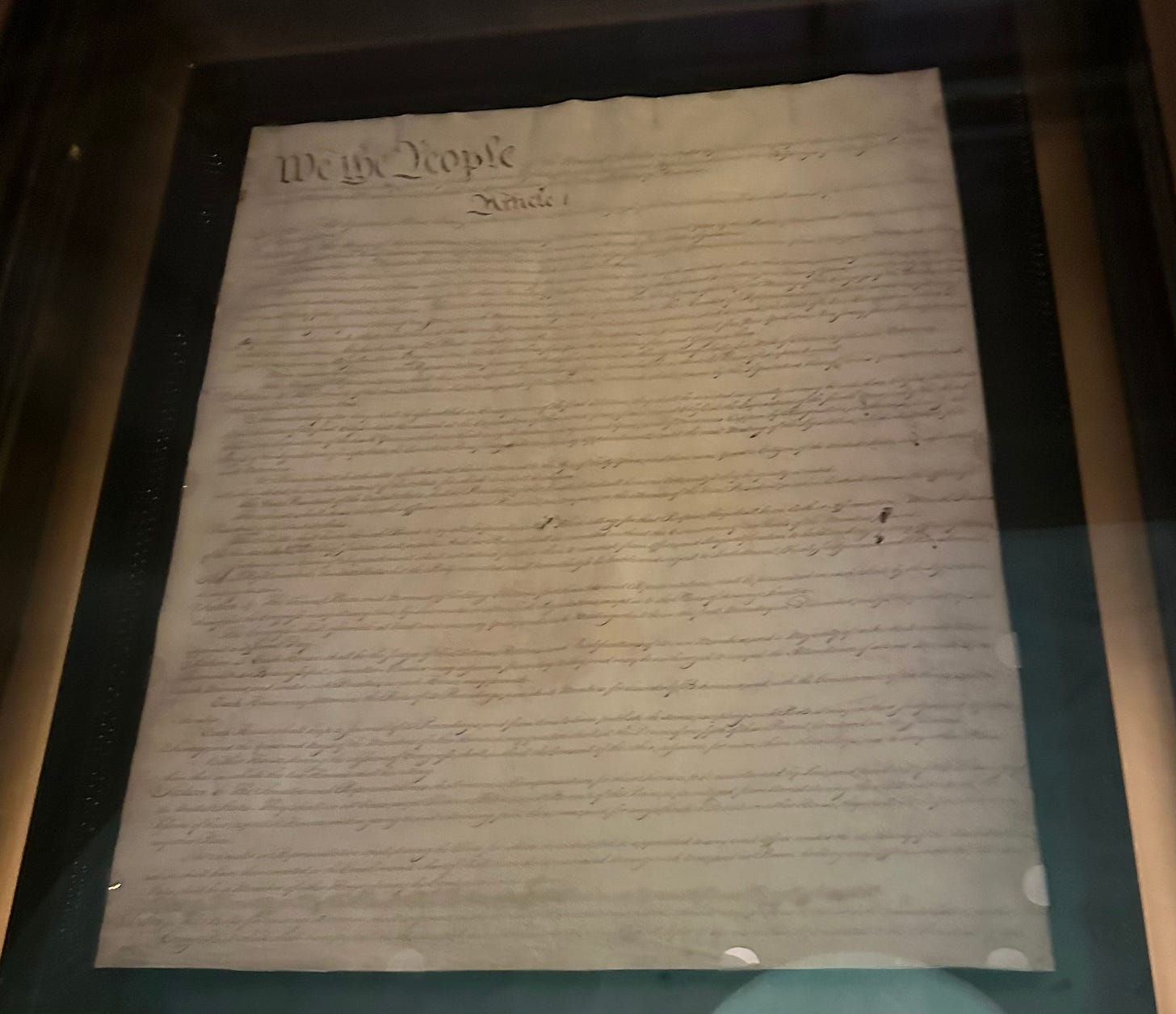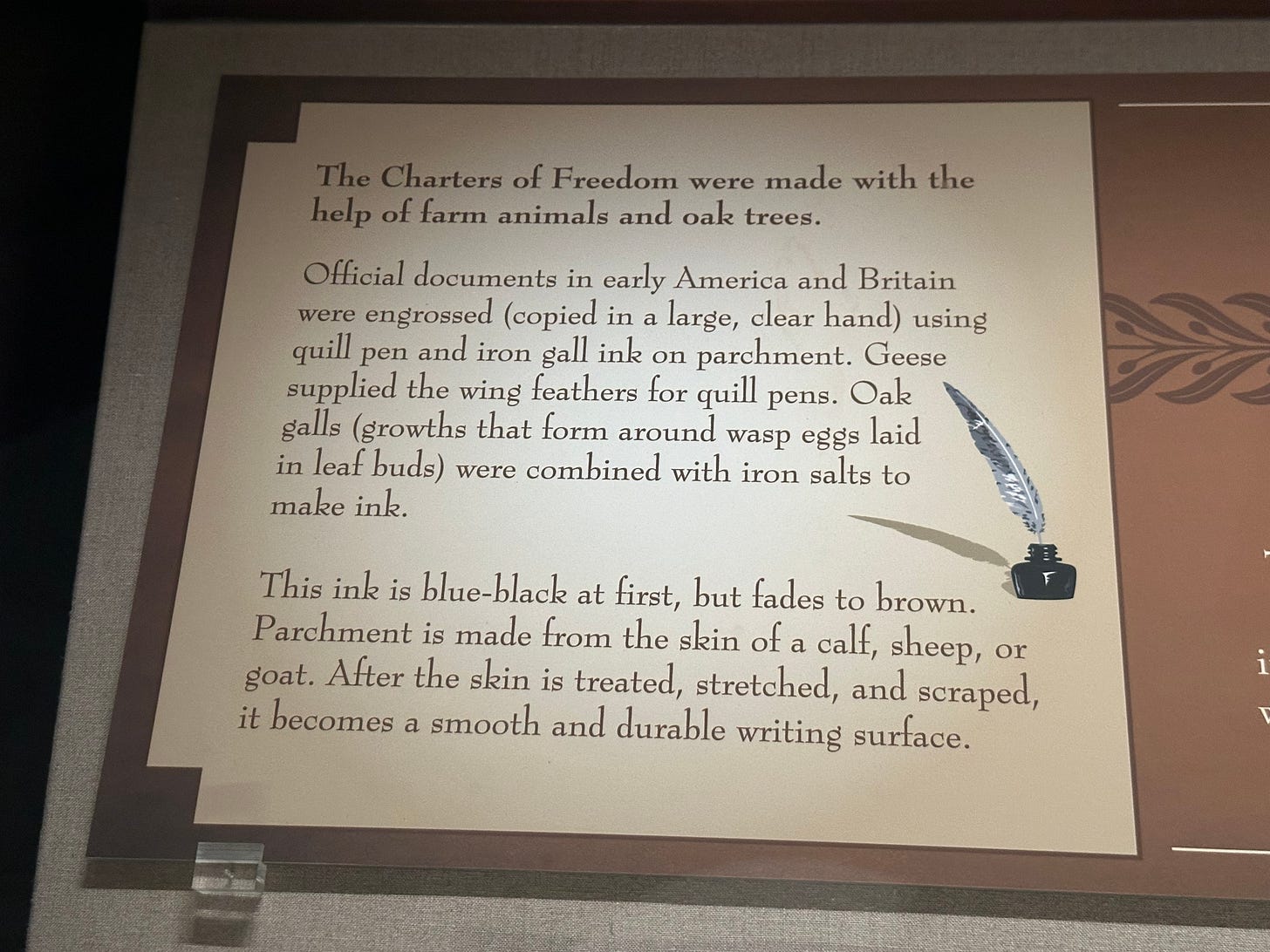
In a Lit NYC podcast, Ross Perlin of the Endangered Language Alliance speaks with Haidee Chu, the Queens reporter for the non-profit newsroom The City.
Perlin says:
“Languages are tied to places in fundamental ways.
It may just not feel right to use a certain language in a certain place or a certain context, whereas certain places may feel deeply steeped in a language….
The nature of Australian aboriginal multilingualism is often that you would speak the language of the place that you were entering. If you entered a territory you were expected to use that language…
In the case of New York, on the one hand English has this overarching role…but consistently throughout the city’s history other languages have carved out significant space here…Cantonese or Taishanese in Chinatown or Mandarin in Flushing…Spanish in Corona or Yiddish in South Williamsburg…
But it is a little more challenging for smaller languages, and those that don’t have a visual presence perhaps because they are primarily oral, or may not have any kind of support from any kind of government anywhere in the world, may not have materials, may not have documentation…”
The work of the Endangered Language Alliance is largely to document and to expand spaces of all kinds for those smaller languages. (Check out their free interactive digital map of over 700 languages spoken in NYC).
I was reminded of the weighty significance of how certain words are documented and preserved on a family visit to DC this weekend.
There are, for example, the words of the Gettysburg address carved in stone next to Lincoln in his memorial:
“…The brave men, living and dead, who struggled here, have consecrated it far above our poor power to add or detract. The world will little note nor long remember what we say here but it can never forget what they did here. It is for us the living, rather, to be dedicated here to the unfinished work which they who fought here have thus far so nobly advanced…”
With of course the carving in stone of the words meaning that yes, in fact people will remember what was said, as thousands read it each day.
I was glad to see that in a renovation of the memorial, graffiti and scribbles left in its foundation by the workers who built it between 1914 and 1922 will be preserved (though I question why on earth a full-blown new interactive experience needs to be incorporated as part of that renovation).
And there’s the Constitution itself, its original text still readable on the parchment, albeit faded from its original blue-black to brown. Geese provided the wing feathers for the quill pens, while the ink was made from iron salts and oak galls (growths that form around wasp eggs laid in leaf buds).
*****************************
Through 2024, It’s Material is sharing one use of the word “material” each week, on Tuesdays.
See also: “South Asian languages in Jackson Heights”, a segment from my project gathering the words for “I live here” in languages spoken in Queens NYC, in written and video form.




